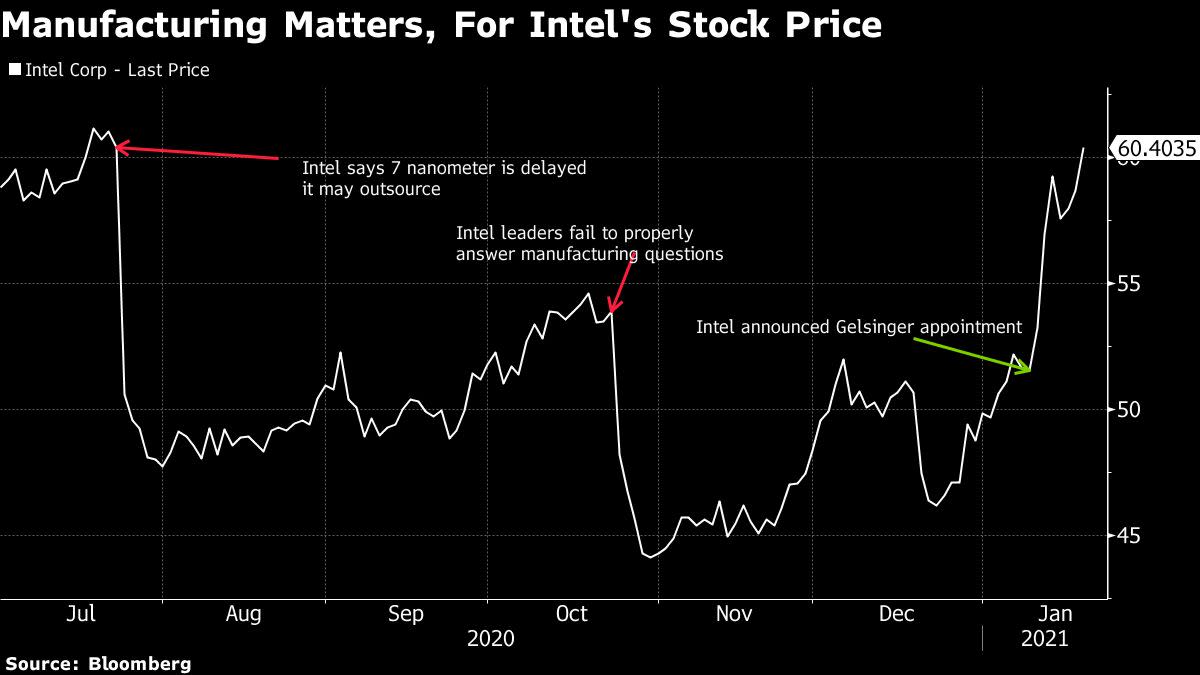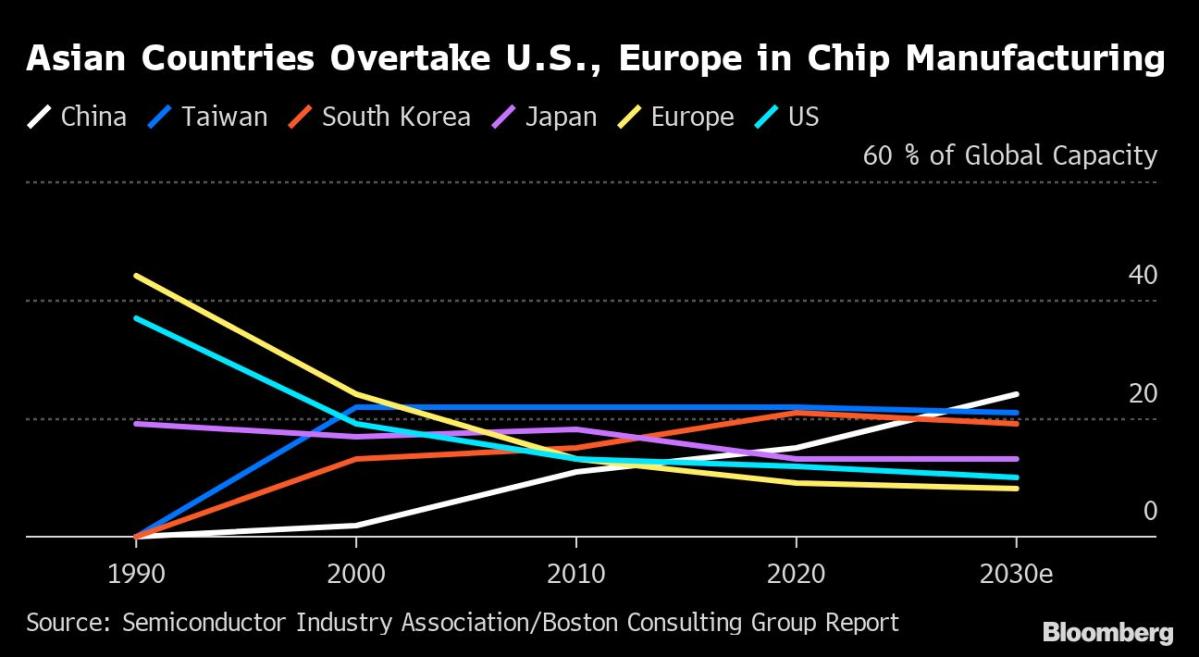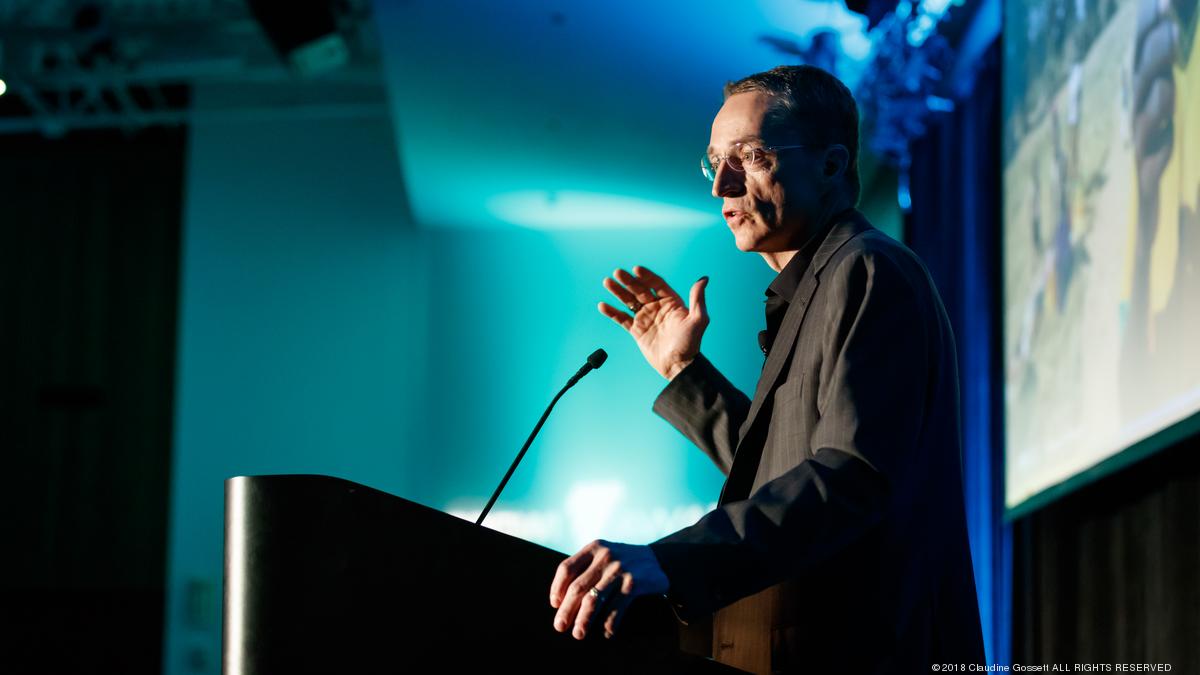hist78
Well-known member
From what you've obsvered, all of sudden I feel so much sadnesses on Intel. In certain way there isn't too much difference between Intel and some other technology companies when they are facing technology or innovation problems. Many of them stuck in what they have in hand and tried to squeeze evey penny out from the old stuff. Very often it's not because they didn't work hard enough. It's the technology paths and business models they had chosen are not the best one.It’s fun to look back 5 years, good thread redux.
Before we bury Intel too much, just wanted to point out...
How amazing is it that from 2015 to 2021 Intel has been on the same node, has fallen behind by 3 nodes (TSMC is on 5nm), but their aren’t tumbleweeds at all the Intel sites like they’re Kmarts? Something is wrong there, but also right.
I think the surprising rightness of Intel is found in the way they cost reduced and optimized 14nm so that the gap with 5nm isn’t that great. The whole organization, from chip designers to manufacturing sites, participated in extending the life of a node to an extraordinary degree. It’s not something foundries could do.
By the time they recognize it, there isn't much time allows them to make meaningful change, let alone if corporate culture, financial standing, and market conditions allow them to make change!
I'm thinking DEC, HP, IBM, Lucent/Bell Labs, and possibly Globalfoundries.
Last edited:



